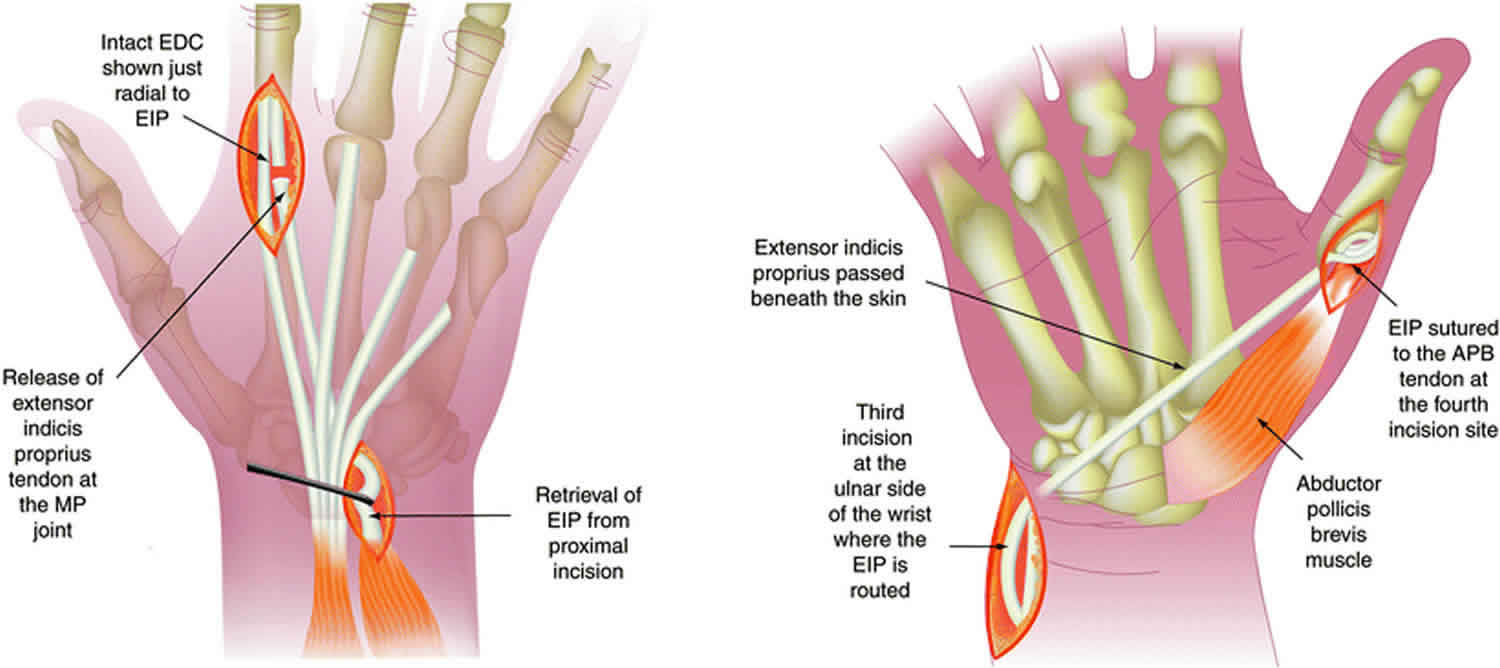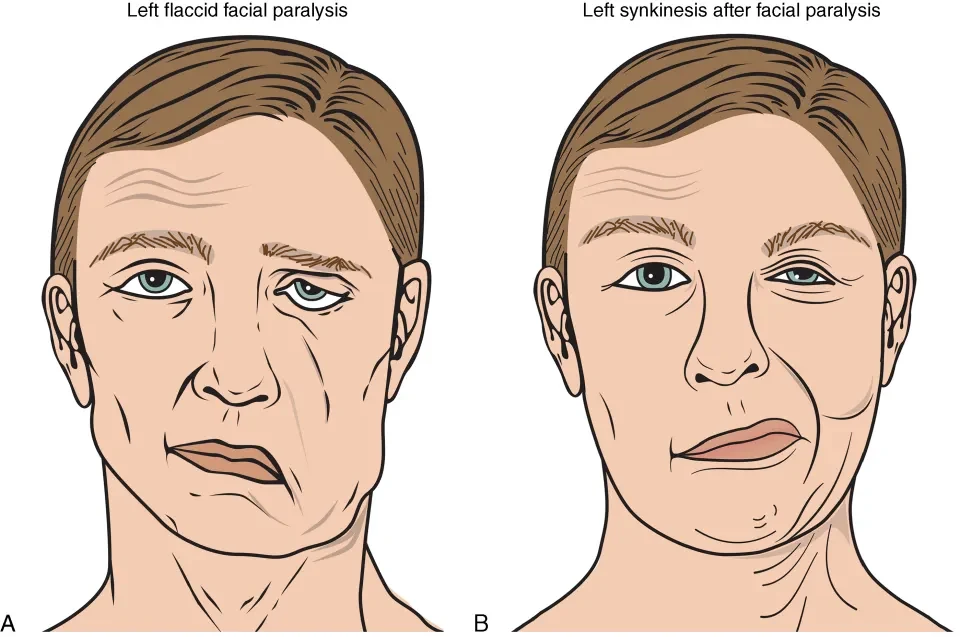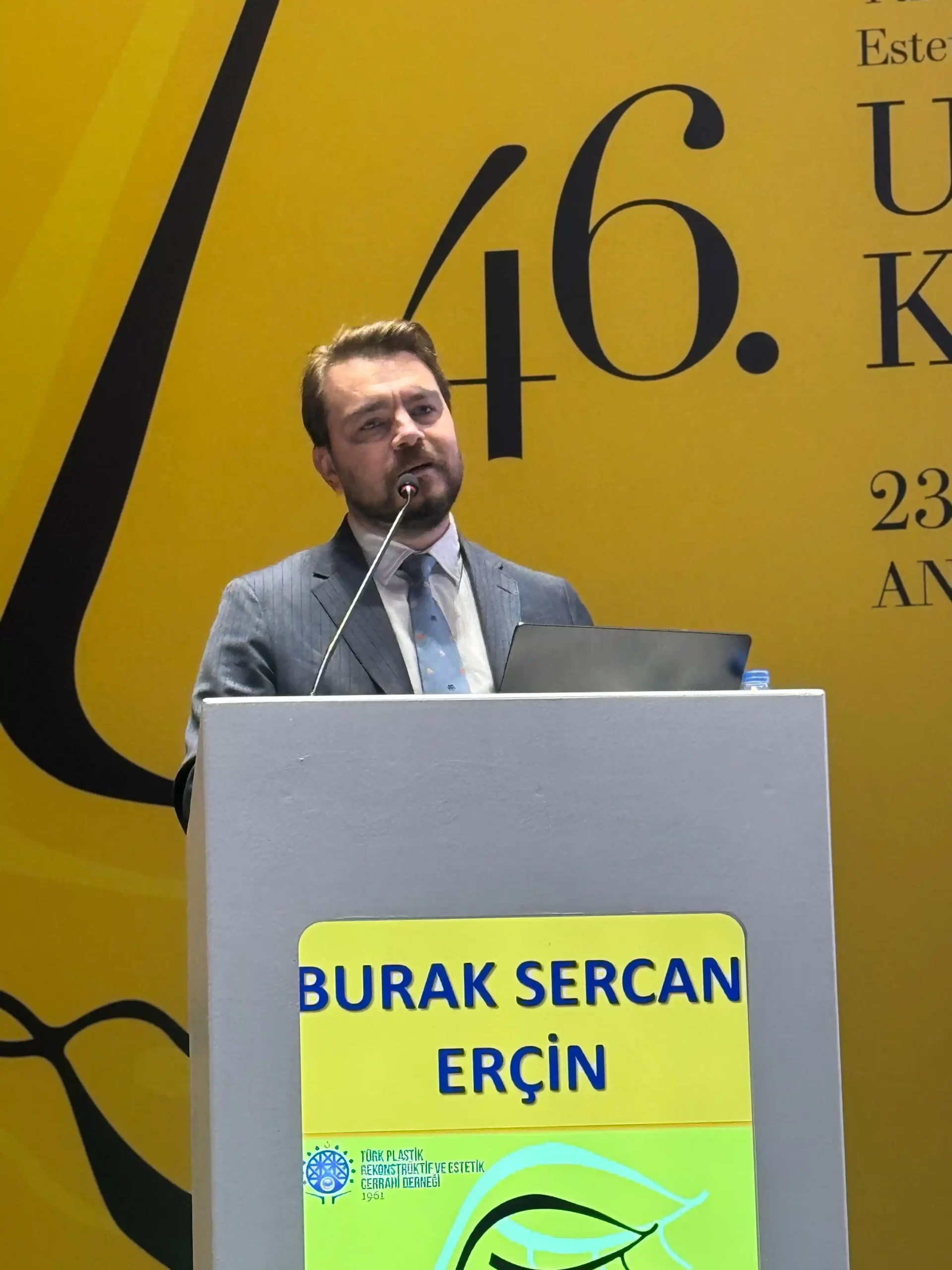A tendon transfer is the surgical transfer of a working muscle beam from its original location to another beam in order to gain the lost function after the loss of hand functions for various reasons. Many different conditions can be treated with tendon transfer surgery. For instance, muscle nerve damage and muscle functions are lost due to the fact that the nerve does not send a muscle warning when it has not been treated or when recovery cannot be achieved.
Tendon transfer surgery is most commonly used for damage to the brachial plexus, radial nerve, ulnar nerve, and median nerve. Before deciding on this operation, a detailed physical examination is performed by the doctor and the patient. Accordingly, the type of transfer tendon surgery (hand tendon surgery, foot tendon surgery, finger tendon surgery, and thumb tendon surgery) will be decided.
How to Start Transferred Tendon Surgery?
First, the doctor takes the patient’s medical history and performs various imaging examinations to make a final diagnosis. If the doctor diagnoses a tendon injury that requires a transplant, they will decide based on the severity of the damage. Once the surgical decision has been made, the patient doesn’t need to apply anything to the area before the procedure. Instead, they simply need to inform the doctor about any chronic diseases or routine medications they use.
Who Needs Tendon Transfer Surgery?
Tendons can be called ligaments that connect muscle structures to the skeleton. They perform joint movements by working together with the muscle to which they are attached. Tendon structures are unable to perform their duties after an injury or nerve damage and the movement lost by tendon transfer can be regained by surgeries.
Tendon transfer surgery may be necessary for individuals who have lost muscle function or strength due to injury, disease, or a congenital condition. This procedure involves transferring a healthy tendon from another part of the body to the affected area to restore movement and function. Tendon transfer surgery may be recommended for those with conditions such as cerebral palsy, stroke, spinal cord injuries, or muscular dystrophy. It may also be appropriate for those with injuries or conditions that have resulted in nerve damage or muscle weakness.
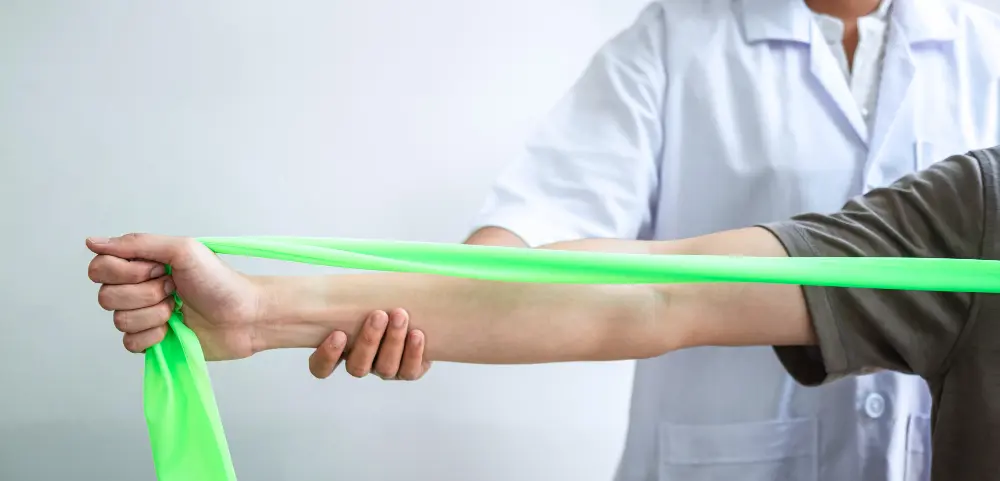
What Causes Transferred Tendon Surgery?
Tendon transfer is most probably needed in the following cases:
- Beam ruptures that occur as a result of rheumatic diseases
- Fractures
- Traumatic injuries
- Untreated joint diseases
- Congenital deformities
If you are experiencing any of these issues, it is important to speak with a qualified medical professional to determine if tendon transfer surgery may be a viable treatment option for you. Contact us now to book your appointment!
How Does a Tendon Transfer Work?
Over 40 tendons under the elbow are involved in ensuring the movements of the hand. Each tendon is connected to different parts of the hand to provide movement. During tendon transfer, the vascular and nervous structure of the muscle and the starting place of the muscle is preserved. Only the beam connected to this muscle is separated from the place of attachment and transferred to the beam.
As previously mentioned, tendon transfer surgery involves the relocation of a tendon from one area of the body to another to restore function to a damaged or weakened area. The procedure typically involves making an incision at both the donor and recipient sites and carefully detaching the tendon from its original attachment point. The surgeon then moves the tendon to the new location and secures it using sutures or other methods.
After tendon transfer, plaster treatment is continued for up to 4 weeks. Over time, the relocated tendon will adapt to its new location and begin to function as intended, restoring muscle movement and strength. In some cases, the transferred tendon may require rehabilitation to ensure that it fully integrates with the surrounding tissue and functions properly.
That’s why physical therapy after gypsum is absolutely necessary. It is necessary for the brain to adapt to the fact that muscle is performing another movement that it is not normally expected to do. It is necessary that the physiotherapist conducts training on this issue. At the same time, it is worked out before and after the transfer so that the muscle strength is sufficient.
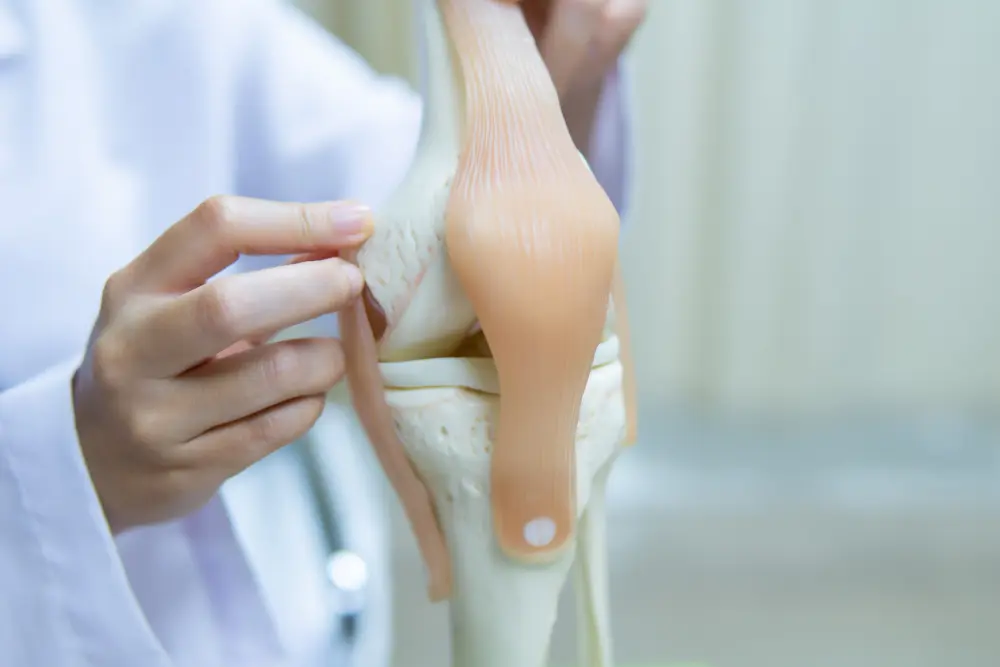
What Are the Tendon Transfer Surgery Types?
There are several types of tendon transfer surgery, and the specific type used will depend on the patient’s condition and the goals of the surgery. Some of the most common types of tendon transfer surgeries include:
Extensor Indicis Proprius (EIP) to Extensor Pollicis Longus (EPL) Transfer: This procedure involves transferring a tendon from the index finger to the thumb to improve grip and pinch strength.
Flexor Digitorum Longus (FDL) Transfer: In this surgery, the FDL foot tendon transfer is performed to the ankle to improve ankle dorsiflexion, or the ability to lift the foot upwards.
Brachioradialis (BR) to Flexor Pollicis Longus (FPL) Transfer: This finger tendon transfer procedure is used to restore thumb and finger flexion in patients with brachial plexus injuries.
Latissimus Dorsi (LD) Transfer: The LD muscle is transferred to the shoulder to improve shoulder abduction and external rotation.
Peroneus Longus (PL) Transfer: This surgery involves transferring the PL tendon to the lateral ankle to improve ankle stability and function.
What Are the Risks of Tendon Transfer Surgery?
As with any surgical procedure, a transferred tendon surgery operation has some risks. In general, complications may develop due to anesthesia, as well as some problems associated with the procedure. For example, infection, bleeding and swelling are the main ones.
However, the risks of anesthesia are minimized with the precautions taken before the operation. Moving out of these earlier than necessary may cause the transferred tendon ligament to rupture. But staying too still also causes the tendon to harden this time. For this reason, your movement plan should be carried out completely in accordance with the doctor’s recommendation.
You can find out the risks of tendon transfer surgery more clearly from Dr Burak. You can also access Dr. Burak’s other scientific articles on tendon transfer surgery as well.

